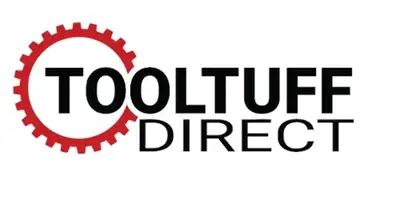If you’re a machine operator, you’ve probably heard the term “coupling.” This mechanical device is used to connect two or more shafts. The driver hub transfers power to another flange, which in turn causes the driven hub to rotate. Although this type of coupling requires lubrication, its applications range from small to large industrial machinery. Listed below are the most common types of coupling. If you’re interested in learning more about couplings, continue reading!
The earliest fluid couplings were developed by Hermann Fottinger, the chief designer of AG Vulcan Works in Stettin, Germany. His patents, issued in 1905, included the torque converter and fluid coupling. Fottinger’s work was so successful that the General Motors Corporation introduced the Hydramatic drive in 1939, the first mass-produced automobile. The fluid coupling is also an important component of modern industrial transmission systems, such as the Transfluid model, which is used on conveyors, pumps, and v-belt pulley drives.
A fluid coupling, or hydrodynamic coupling, uses transmission fluid to transfer rotational power. This type of coupling is used in automotive transmission systems and marine propulsion systems, among others. Its many advantages include controlled start-up and acceleration, overload protection, stepless speed regulation, and virtually frictionless clutching. Fluid couplings are also ideal for applications in power transmission because they do not require mechanical clutching. While fluid couplings are a highly effective way to transfer power, they also have disadvantages.
Fluid fill is crucial for proper operation of a fluid coupling. If the coupling is underfilled, it will not be able to transmit full torque. If the coupling has a low fluid volume, it will likely overheat and damage its seals. That means that it’s crucial to check the fluid level before installing your coupling. And never forget to inspect the coupling. There’s nothing worse than having to repair a coupling only to discover that it’s not operating properly.
Another important feature of a coupling is its ability to absorb vibration and shock. A good coupling will not have any projected parts, or have a small number of projected components. It should also be able to transmit torque and speed, even with misalignment. In this way, couplings improve the quality of your machine by reducing costs and ensuring the performance of the machine. So, you can enjoy a longer life cycle with a high quality coupling.
Another key advantage of fluid couplings is that they can be easily installed and disassembled. However, fluid couplings have their limitations. They can be expensive and are difficult to install. Oil spills may also be a concern. Oil leakage can also make the surrounding area smell. Fluid couplings are popular in a variety of industrial applications. These include high-inertia starting applications and constant cyclic loading. If you’re looking for a new coupling, consider these benefits.
The next important benefit is its flexibility. The coupling’s ability to change the vibration characteristics of a rotating member is another advantage. It’s flexible enough to allow for slight misalignment in either direction, and it can even transmit power. But it can be difficult to install if you’re unfamiliar with them. So, the best choice is to purchase couplings from a reputable manufacturer. These couplings are easy to install and replace if necessary.
